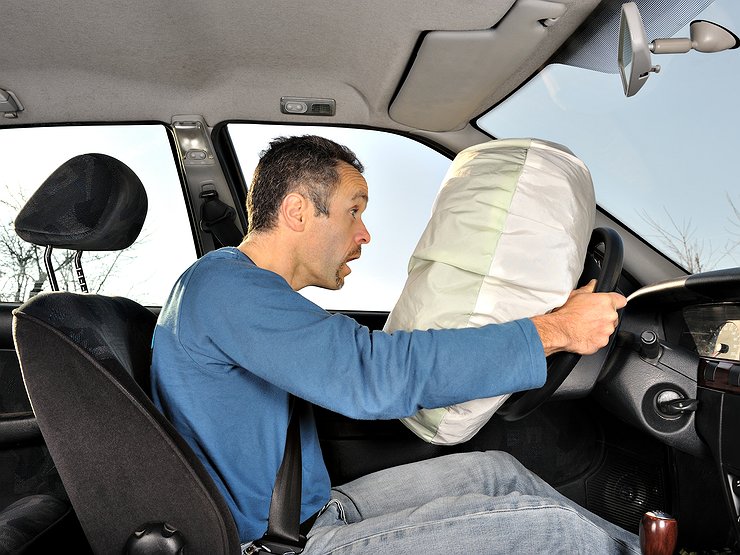
What is the danger of lowering the car?
It is quite common for car owners to modify the suspension of their cars to make their car lower. Aesthetics is usually one of the biggest reasons for lower ride height - many prefer the look of a lower car - but there are other benefits in theory:
Handling can be improved by lowering the vehicle's center of gravity, which reduces body roll.
Lowering the vehicle generally reduces aerodynamic drag, which improves fuel economy, and sometimes reduces lift at high speed, making the vehicle safer. (These effects are usually quite small for a realistic reduction.)
A lower vehicle may pose a lower risk of rollover. (Most cars are extremely difficult to roll under normal conditions, so this is a minor consideration at best).
Some aftermarket suspension kits improve handling by more than just lowering vehicle height, so lowering can be considered an added benefit. This is theory. But how in practice: is it good to lower the car and is it safe?
It turns out that the answer depends primarily on how exactly you plan to lower the car.
How to lower the car
On the one hand, expensive (several thousand dollars) aftermarket kits (often with coilovers) that are carefully designed for each car model for which they are offered. Many of them lower the car (although this is not necessarily their primary purpose) and well designed and properly installed kits are safe.
At the other extreme, there are various approaches that involve the replacement of only a few existing parts. Instead, existing parts are modified, usually springs or torsion bars.
Common modifications include:
Shortening or softening coil springs
Bending of leaf springs
Changing the attachment points of the spring or torsion bar
Adjusting the torsion key (torsion bars only)
Unfortunately, these low-cost approaches can damage your car or even make it unsafe.
How lowering your car can cause damage
The first problem is the process of lowering itself. Most automotive repairs and modifications must be done by a professional, but this is more so with suspension work than any other type of work. Automotive springs generate thousands of pounds of force, and if you don't follow the proper procedures when removing and reinstalling them, they can cause serious injury or death. Always entrust suspension work to a qualified mechanic.
But assuming you've done the job properly, what's the danger of lowering your car or truck? The most common are:
The process of lowering can change the camber (whether at rest or when the wheel is up, as when negotiating a bump), which in turn has two negative consequences: reduced traction, especially when braking, and increased tire wear.
The steering geometry may change so much that it becomes unsafe to drive the vehicle. This applies primarily to vehicles that have been lowered by a few inches or more.
A vehicle that has been heavily lowered may end up at the entrance to a roadway or be unable to cope with normal road obstacles. Also, if you need to have your vehicle towed, you may find that it cannot be towed normally (a flatbed may be required), or that it cannot be done without damaging the vehicle.
Shock absorbers can be subjected to more stress (lengthwise or transversely) which shortens their life.
A lowered vehicle can place additional stress on other suspension and steering components, leading to excessive wear and even premature failure.
Tires can rub against sheet metal or suspension parts, causing damage.
The ride will almost always be stiffer, as most lowering methods reduce spring travel. This can be uncomfortable for you and your passengers, and can also increase wear and tear as your car hits harder and bounces.
Most of these problems do not lead to serious danger to life and health. The exception to this rule is abrupt camber changes, which can reduce braking performance so much as to make the vehicle unsafe; a "camber kit" may be available to prevent this effect, but it is very important not to drive a vehicle whose camber has been heavily altered from standard. Similarly, it is very important to ensure that the steering system works properly after lowering. This is usually not a big deal if the car is only an inch or two lowered, but other than that, significant changes may need to be made to keep the car safe to drive.
Many other deficiencies can be reduced or eliminated by taking appropriate measures; for example, wheel alignment after any suspension work, including lowering, can eliminate the problem of increased tire wear. And if the tire is rubbing against the sheet panel, you may be able to tuck in the edge of the fender or side panel enough to fix the problem.
It is important to understand that while serious mechanical problems can be avoided, almost any method of lowering your car will result in a harsher and, in many people's opinion, less comfortable ride, and most lowered car owners will experience increased wear. and tear at various components.
